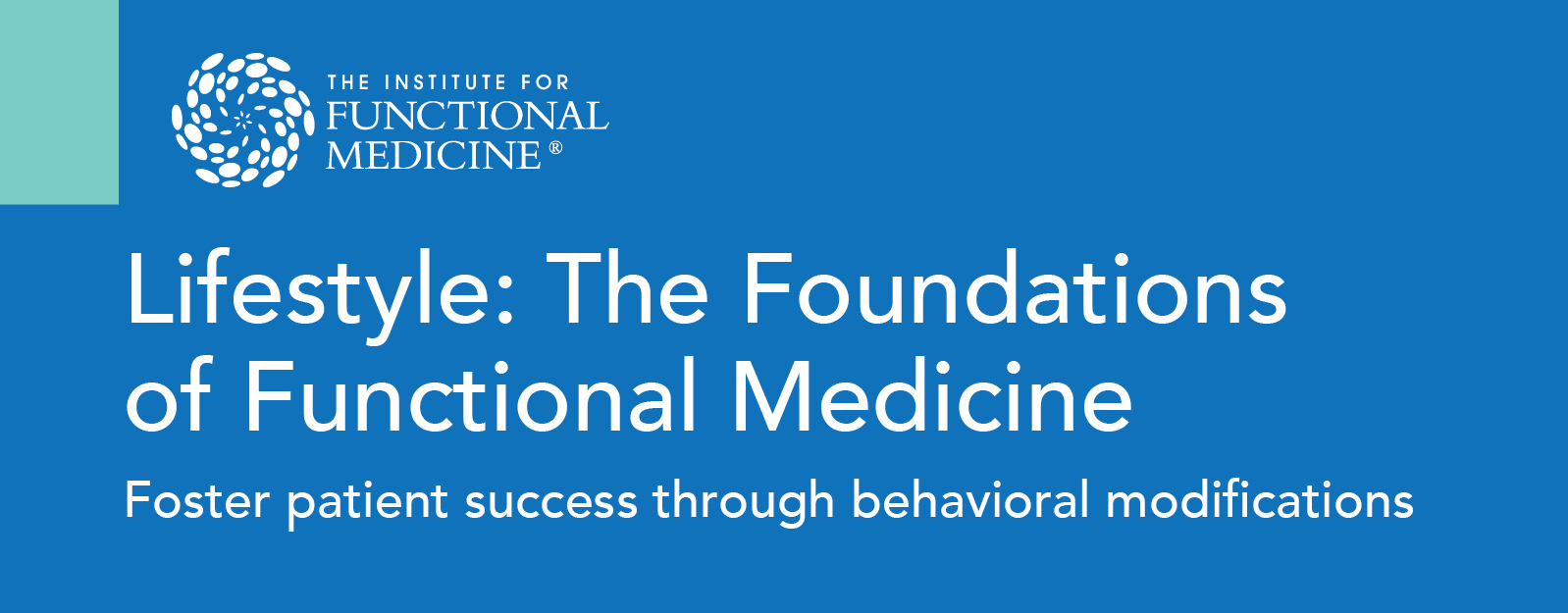
Exercise Influences Physiological Function and Disease Risk
Sedentary behavior has emerged as a potential risk factor for cardiometabolic health, chronic disease, and mortality. While exercise has a range of benefits, from bone and muscle health to improved mood, cognition, and weight management, it may not be enough to combat the effects of a predominantly sedentary lifestyle. Therefore, optimizing a patient's lifestyle factors becomes a "big picture" approach. Short bursts of low-impact, low-interval exercise is a great starting point for engaging patients in daily movement. Combined with better nutrition and improved sleep quality, consistent exercise, no matter the duration, can positively influence a patient's health outcomes.
+ References
- National Center for Health Statistics. FastStats: exercise or physical activity. Centers for Disease Control and Prevention. Reviewed September 6, 2022. Accessed September 30, 2022. https://www.cdc.gov/nchs/fastats/exercise.htm
- US Department of Health and Human Services. Physical Activity Guidelines for Americans. 2nd ed. US Department of Health and Human Services; 2018. Accessed September 30, 2022. https://health.gov/paguidelines/second-edition/pdf/Physical_Activity_Guidelines_2nd_edition.pdf
- Saint-Maurice PF, Graubard BI, Troiano RP, et al. Estimated number of deaths prevented through increased physical activity among US adults. JAMA Intern Med. 2022;182(3):349-352. doi:10.1001/jamainternmed.2021.7755
- Zhao M, Veeranki SP, Magnussen CG, Xi B. Recommended physical activity and all cause and cause specific mortality in US adults: prospective cohort study. BMJ. 2020;370:m2031. doi:10.1136/bmj.m2031
- Leskinen T, Stenholm S, Aalto V, Head J, Kivimäki M, Vahtera J. Physical activity level as a predictor of healthy and chronic disease-free life expectancy between ages 50 and 75. Age Ageing. 2018;47(3):423-429. doi:10.1093/ageing/afy016
Watch functional medicine experts discuss exercise

Robert Rountree, MD

Dan Tripps, PhD
-2.jpg?width=2635&height=2635&name=Headshot_Elizabeth_Boham%20(1)-2.jpg)
Elizabeth Boham, MD, MS, RD

Terry Wahls, MD
Discover the key to optimized health with Lifestyle: The Foundations of Functional Medicine>
This course explores the evidence-base and clinical applications of modifiable lifestyle factors.
Take a closer look at how the factors below affect the body:


